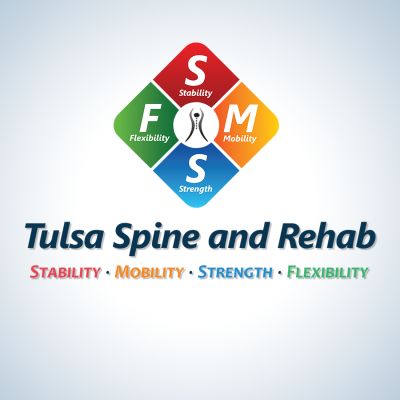Stop Chasing the Pain
It’s not surprising that the driving force that brings patients into a physician’s office is pain. There are many situations where there’s an underlying cause for the pain that’s not so straightforward.
Instead of constantly chasing the pain, patients can go a little deeper to actually identify the dysfunction. What I mean by ‘identifying dysfunction’ is taking the patient through their initial history and physical. We’ll perform a functional movement assessment to determine where there are any potential mobility/stability issues. Those areas of dysfunction can potentially create another problem downstream.
Let’s say that a patient has low back pain and some leg pain. Disc herniation in the low back is resulting in irritation of the sciatic nerve. In turn, pain is shooting down into the patient’s leg. If we were to perform imaging like an MRI or CT scan, it would show the disc issue, which is a common cause of this kind of problem. However, there are some other contributing factors that we should be aware of.
The disc herniation, low back pain, and leg pain is often secondary to something else. It could be mid thoracic tightness (the area between the shoulder blades) or hip tightness for people who sit for extended periods of time. As we remain seated, we get tight and lose flexibility. What follows is a game of compensations. That’s when we have a breakdown or area of dysfunction that ends up resulting in some form of injury. The increased pressure on the disc will end up causing herniation.
We can stay in front of the symptoms instead of merely trying to treat them. If we pay attention to the area of dysfunction, we’ll be able to avoid injury from occurring (or recurring) in the first place. Otherwise, we’re stuck with treating the injury with shots, medications, or even surgical intervention in extreme cases.
As a patient, it’s often difficult to stay on top of areas of dysfunction. After all, who wants to get checked out when they’re mostly feeling fine? If you have mild recurring mechanical low back pain on a monthly basis, get it checked out so we can isolate the area of dysfunction. If we deal with the underlying factors, we can hopefully stay in front of a nasty injury. I can’t stress this enough: pay attention to the warning signals your body gives you. It’s kind of like when you see the ‘check engine’ light on your vehicle.
If I can sit down with a patient and listen to what their problem is, it’ll go a long way towards identifying the contributing factors. Where are you hurting, and more importantly, what do you do on a daily basis? What’s your activity level like? Maybe the patient is an accountant that’s sitting down every day for extended periods. Maybe it’s a truck driver who’s in a fixed position for tens of hours at a time.
An open line of communication is extremely important. If patients sit down and visit with someone who can identify the areas of dysfunction, it’s possible to determine the issue even before an exam takes place. For our hypothetical patient with low back pain, it would quickly become apparent that there’s tightness between the shoulder blades or throughout the hips.
I highly encourage all the people reading this blog post to have a conversation with a medical provider to identify the underlying areas of dysfunction. If you can identify some of the contributing factors that are going on with your body, your provider might be able to give you a few simple things to start working on.
Stop chasing the pain. Investigate more deeply to identify the underlying source of your issue. To learn more about the options available to you, contact us online or give us a call at (918) 743-3737.
The post Stop Chasing the Pain appeared first on Tulsa Spine and Rehab » SpineCast with Sean Riley.
